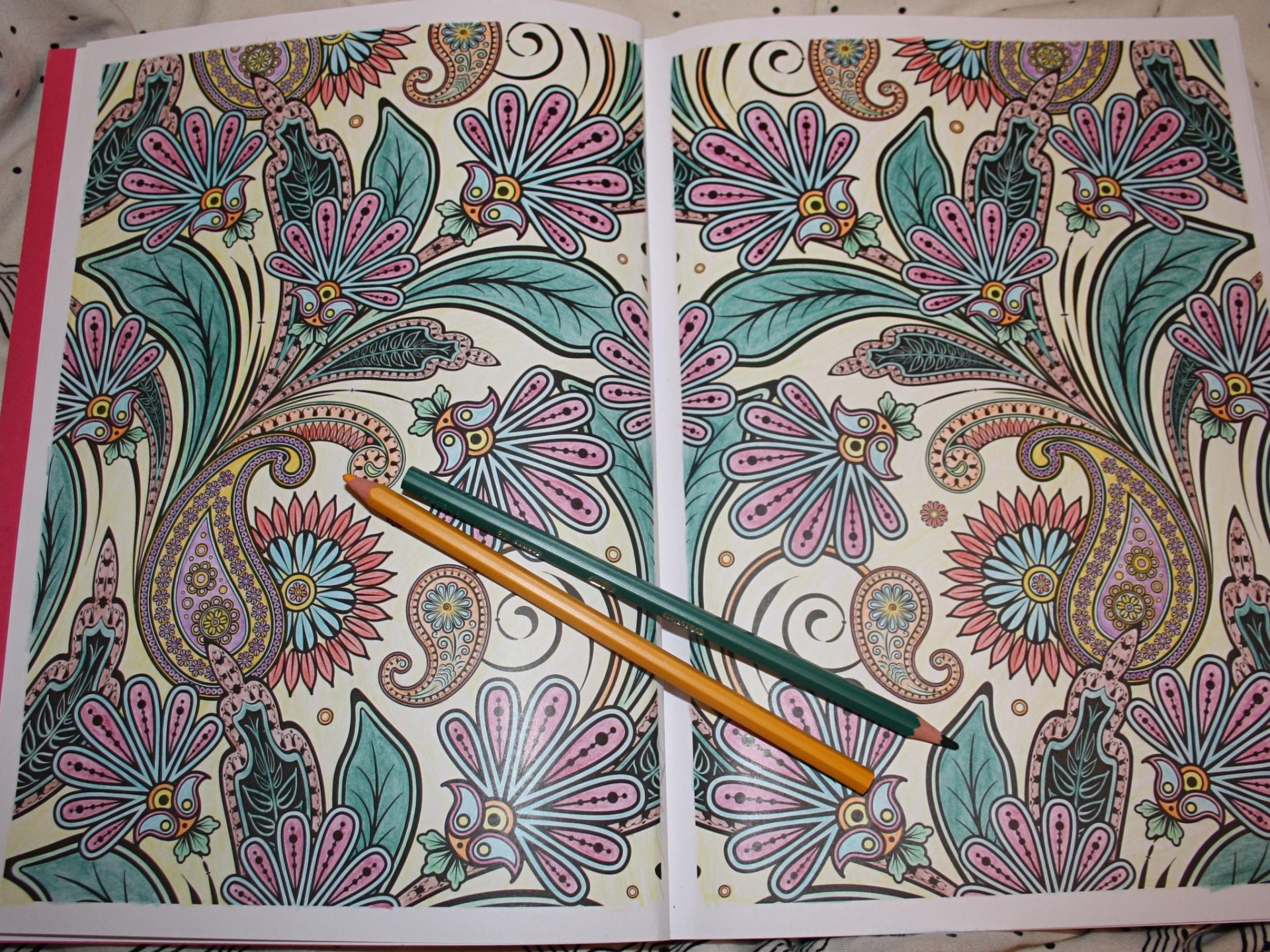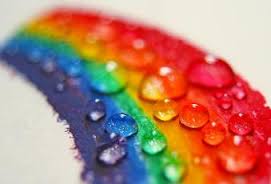By by Sarah Godfrey
Hold on to your Derwents, colouring in is back in a big way. Anxious and stressed people worldwide are picking up their pencils and colouring their way to feeling better. From housewives to CEO’s, men and women are all opening up their adult colouring books and dropping out of their stressful lives. Even large corporations are encouraging their over worked employees to pick up the colouring book and start drawing. And the results are interesting. It seems the peaceful, easy and cheap activity of colouring can really help your mood state.
So what is this trend? Does it have any real effect on our well-being or is it a fad that the stressed out and world weary have grabbed at in hope for a simple quick fix to complex and real problems?
As a psychologist I am always looking for new research or treatments that can help people
reduce their levels of anxiety and stress. The Mindfulness trend has proven to be one such process that many people respond well to, but in my clinic many struggle to attend and follow Mindfulness, or find engaging in Mindfulness forms of meditation either impossible or irritating. I have used colouring in mandalas at times, particularly useful for anxious children. So it was with some interest I began to notice the chatter about adults colouring in books. It would appear Colouration may prove to be an effective form of Mindfulness using specifically designed pictures in order to create a moment in time where the thoughts and worries that preoccupy your mind disappear.

From a psychoanalytic view colouring moves us back to our childhood, where time moved slowly and we could get lost for hours in the quiet pleasure of adding colour to black and white images. In a world that is full of white noise, where knowledge and information pass by us quickly, this once child based art of colouring is turning out to have more advantages to our adult selves than we knew.
Carl Jung was a Swiss psychiatrist and psychotherapist known for developing analytical psychology and being the student of Sigmund Freud. Jung’s influences came from Eastern and Western philosophy. He was the first psychologist who used colouring as a relaxation technique with his patients. Jung used Mandalas that originally came from India. Mandala’s are an ancient form of meditation using circular repetitive patterns that draw your eye towards the centre. This process is thought to relax the mind, body and spirit while allowing you to explore your creative mind.
Colouration isn’t grabbing your child’s animal farm colour book and colouring in the cows and fences (although fun and therefore beneficial too!) It is a process with an aim and purpose, engages in self reflection and insight and uses colour and Mandalas to help the brain move into a meditative state. Some colouring books will have therapeutic value and others will not.

There is a quiet trend towards old creative pursuits. Activities such as sewing, knitting, scrapbooking are enjoying an underground resurgence and colouring is another pastime that has provided much enjoyment for many. But does engaging in creative hobbies really help our wellbeing?
A study conducted by San Francisco State University found that having a creative pursuit outside the workplace has many benefits. They noticed work performance increased, stress levels decreased, problem solving using creativity increased and interpersonal skills and attitude improved. Yet many of us may struggle with being creative or finding time to learn a creative pursuit.
Colouring is a portable and no skill required pastime that anyone can do. So how does putting a pencil to paper improve our wellbeing? Psychologist Gloria Martinez Ayala reports that colouring uses both halves of the cerebral hemispheres meaning colouring uses logic, creativity, vision and fine motor skills. More importantly it can lower the activity of the Amygdala, or the emotional brain, that controls how we feel.

But it is not just the act of colouring that helps us feel better. Colouring uses colour, and there is a plethora of research on the psychology of colours and our emotions. In 2011 Wildermann, Barton and Hill determined that when it comes to using colour children are more flexible in their choice of colours and find colours pleasant and comforting while adult choices of colour are non-malleable. Colour psychology has determined that colour carries specific meaning and this meaning is learned or innate. So if, as we grow older and our choices of colour become more rigid does this limit an innate ability to use colour in our environment to help our mood state? Can we learn to use colour in simple ways to shift, even if temporarily, our mood state? Perhaps the success of colouration helps push us to use colours beyond our non-malleable choices. By connecting back to memories of when we could innately self sooth using colours on paper. Does it free our mind and allow us to be more flexible?
Colour can influence a person, physically and emotionally. For example studies have shown that red can increase the heart rate. Psychological research indicates cool colours such as greens and blues are associated with relaxation, relief and being calm. Warm colours can make some feel excited and positive. Black can indicate feeling overworked or nervous and, white a sense of confusion.
Colouration, when done therapeutic, combines our use of colour to shift and acknowledge mood states with the stimulating of the cerebral hemispheres to reduce the negative activity in our emotional brain. It assists developing creativity. It helps the conscious brain switch off and move into a quiet meditative place.
Psychological treatment is often serious and challenging. Sometimes it is ok to use a strategy that is fun, light and easily accessible and can bypass regular cognitive strategies.
Colouration may not be the panacea for everyone. But as a resource, when done properly, could help us by tuning into a pattern and colour in order to tune out to worries and stress, it is worth a try.
Happy colouring.

Sarah Godfrey is a psychologist and director of Moving Mindsets Psychology and EAP services. For more information go to www.movingmindsets.com.au or call on 95705305.

